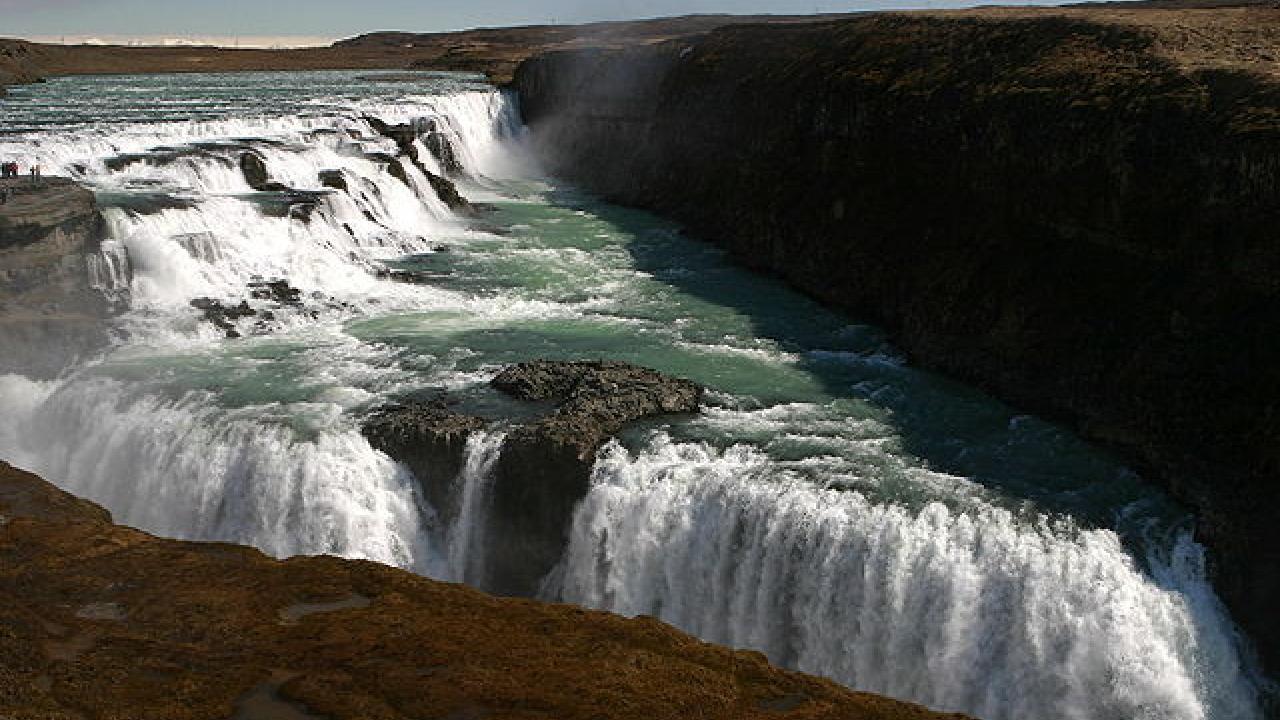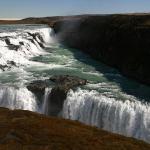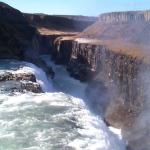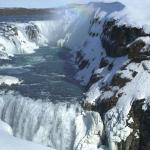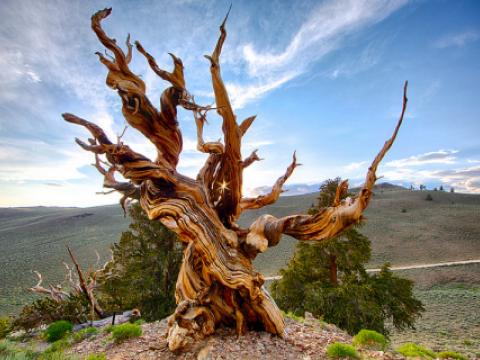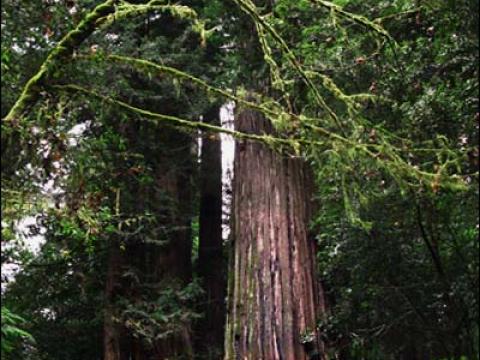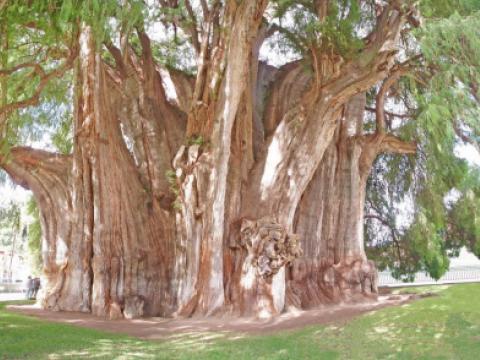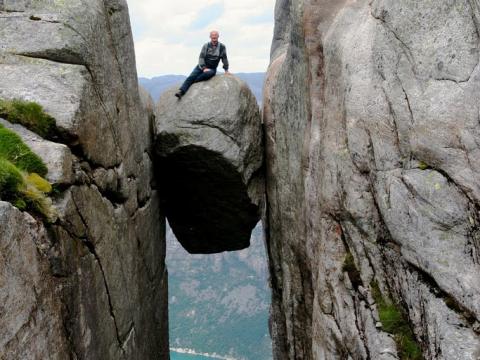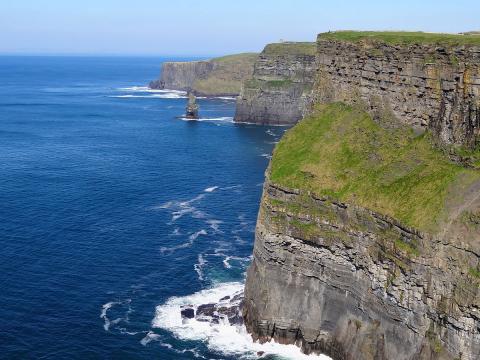Location
Gullfoss is an iconic waterfall in South Iceland offering a spectacular view of the forces and beauty of untouched nature. The waterfall is incredibly powerful with the highest flood measured at 2000 m³/s. The water plummets down 32 meters in two stages. First it drops over a wide cascade over chunks of black rock, before shifting 90 degrees and falling further into a narrow crevice.
During the first half of the 20th century, there was much speculation about using Gullfoss to generate electricity. During this period, the waterfall was rented by its private owners, to foreign investors. Luckily, the investors' attempts were unsuccessful, partly due to lack of money. The waterfall was later sold to the state of Iceland. Even after it was sold, there were plans to utilize Hvítá river, which would have changed the waterfall forever. This was not done, and now the waterfall is protected.
The access by road is very easy, the waterfall is about 115km from Reykjavik.
If you don’t have an own car, there are several tour operators in Reykjavik offering trips to Gullfoss and other sights.
Gullfoss is usually combined with other golden triangle sights and the price for the whole tour is around 60€.







